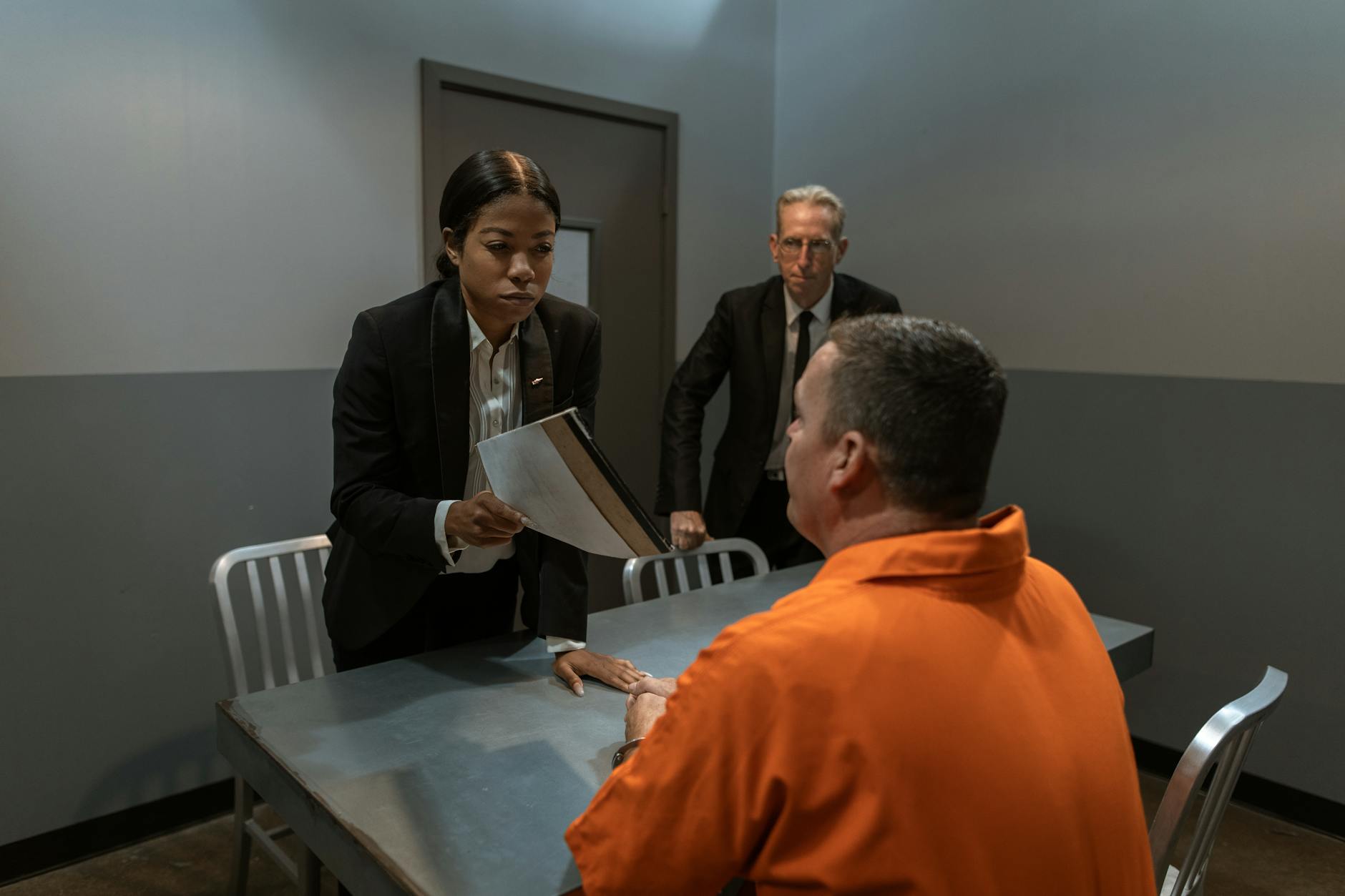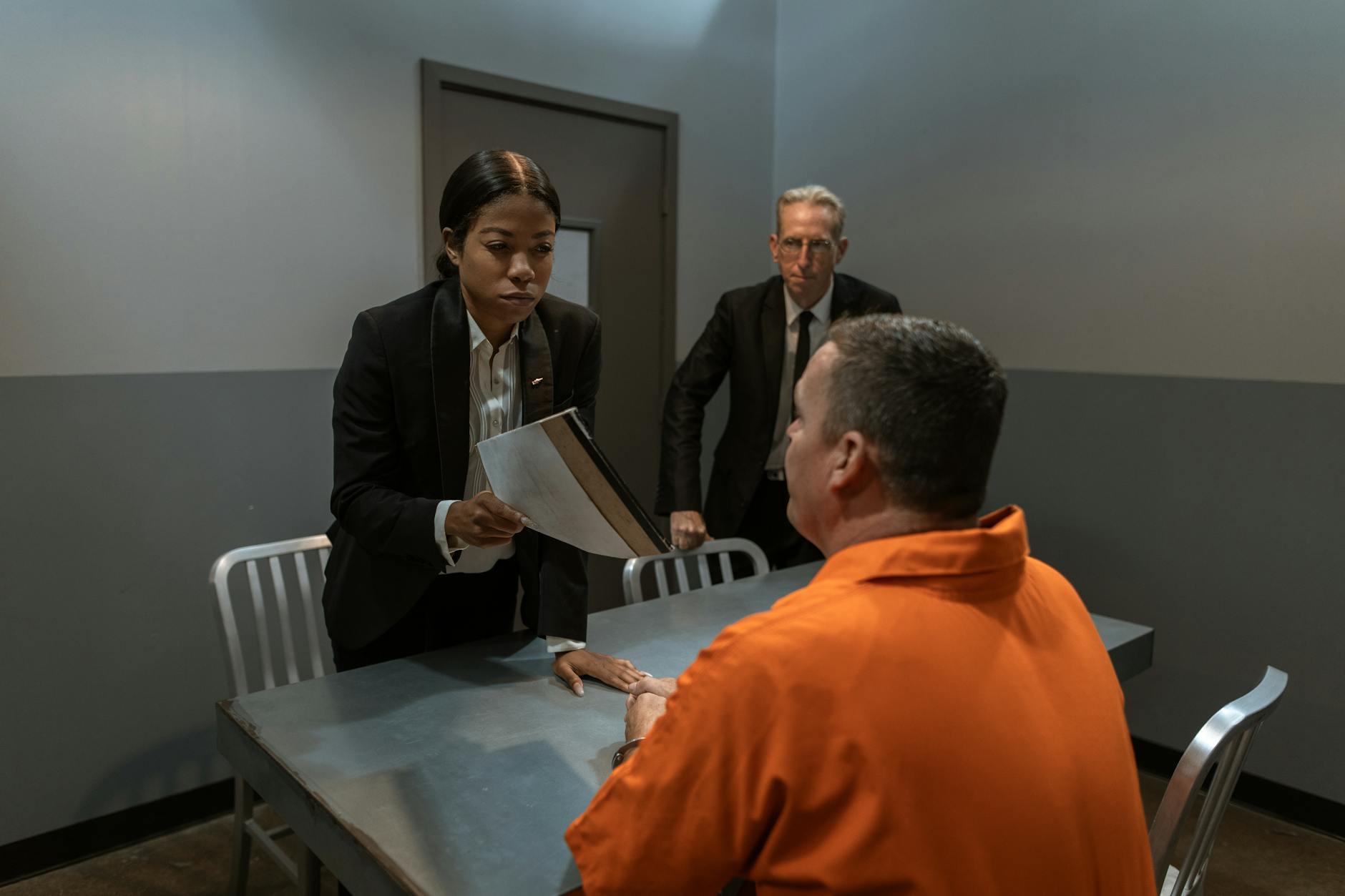Gaming the System for Good: How Virtual Worlds Are Saving Real Lives
Virtual Donors Transforms In-Game Deaths into Real-World Organ Registrations
In the rapidly evolving landscape of digital engagement, a novel approach is emerging to tackle a critical real-world issue: organ donation. Faced with persistent challenges such as misinformation, a lack of widespread awareness, and public hesitation, the traditional methods of encouraging organ registration are proving insufficient. A new trend, exemplified by initiatives like Virtual Donors, seeks to bridge the gap between the immersive worlds of video games and the urgent need for life-saving organ donors. This innovative strategy leverages the passion and connectivity of the gaming community to drive tangible results, turning virtual experiences into real-world opportunities to save lives.
Organ donation is a profound act of generosity, offering a second chance at life for individuals suffering from end-stage organ failure. According to the Health Resources and Services Administration (HRSA), thousands of people are on the national transplant waiting list at any given time, with many dying before a suitable organ becomes available. The disparity between the number of people needing transplants and the number of organs available underscores the persistent need for more registered donors. While advancements in medical science have made transplantation increasingly successful, the bottleneck remains the availability of donated organs.
The barriers to organ donation are multifaceted. Misinformation, often fueled by myths and misunderstandings about the donation process, can create significant apprehension. Many potential donors may not fully understand how organ donation works, the medical criteria for donation, or the ethical safeguards in place. Limited awareness campaigns, while impactful, may not consistently reach all demographics, particularly younger populations who are increasingly spending their leisure time in virtual environments. Furthermore, societal taboos or personal anxieties surrounding death and the body can contribute to hesitation. These challenges necessitate innovative and engaging strategies that can effectively communicate the importance of organ donation and simplify the registration process.
The Rise of Gamification in Social Impact
Gamification, the application of game-design elements and game principles in non-game contexts, has proven to be a powerful tool for engagement across various sectors, from education and marketing to health and social change. By incorporating elements like points, badges, leaderboards, and challenges, gamification can foster motivation, encourage participation, and create a sense of accomplishment. This approach is particularly effective with younger demographics who are often digital natives, accustomed to interactive and rewarding experiences.
The gaming industry itself is a massive global phenomenon, with hundreds of millions of players worldwide. Video games have evolved from simple pastimes to complex, immersive experiences that foster strong communities and deep emotional connections. Within these virtual worlds, players often form bonds, collaborate on objectives, and even confront simulated challenges that can mirror real-world situations. This inherent capacity for engagement and community building makes the gaming sphere a fertile ground for social impact initiatives.
The concept of transforming virtual actions into real-world consequences is not entirely new. Philanthropic initiatives have sometimes partnered with online platforms or games to raise awareness or funds for charitable causes. However, the direct linking of in-game events, particularly those that involve simulated life and death, to tangible real-world actions like organ donation registration represents a more direct and potentially impactful approach. This strategy aims to destigmatize conversations around death and donation by integrating them into a familiar and enjoyable context.
Virtual Donors: A Deeper Dive
The trend highlighted by TrendHunter.com, as discussed in their article “Gamer-Targeted Donor Campaigns – Virtual Donors Turns In-Game Deaths into Real Registrations,” points to a specific initiative that embodies this innovative strategy. While the exact mechanics of “Virtual Donors” are not fully detailed in the summary provided, the core concept involves a direct correlation between in-game experiences and organ donor registration.
Imagine a scenario within a popular multiplayer game where a player character “dies” and their organs, in a simulated manner, become available for donation to other players within the game. This virtual act of donation could then be linked to an in-game prompt or reward that encourages the player to register as a real-world organ donor. This might involve a direct link to a national organ donor registry, a brief educational module about organ donation presented within the game, or even in-game cosmetic items or achievements awarded for completing the registration process.
The appeal of such a system lies in its ability to seize a moment of heightened emotional engagement and channel it constructively. When a player experiences a simulated death, it can be a poignant moment, prompting reflection on mortality. By immediately offering a pathway to make a real-world difference, this initiative capitalizes on that reflection. It reframes the concept of “giving up” something in-game into an opportunity to “give life” in reality. The integration into a gaming environment makes the process feel less like a chore and more like a natural extension of the player’s engagement with the virtual world.
Mechanisms of Engagement
Several mechanisms could be employed to facilitate this trend:
- In-Game Prompts: Following a simulated death or a narrative arc involving sacrifice, players could be presented with a clear, non-intrusive prompt to learn about or register as organ donors.
- Virtual Rewards: Completing organ donor registration could unlock exclusive in-game content, such as unique character skins, special abilities, or in-game currency. This provides a tangible, albeit virtual, incentive.
- Educational Integration: Short, engaging animated sequences or interactive modules could explain the organ donation process, debunk myths, and highlight the impact of donation, all within the game’s interface.
- Community Challenges: Games could host “Organ Donor Awareness Weeks” where players who register and share their status (opt-in) contribute to collective in-game achievements or support virtual charities.
- Narrative Integration: Storylines could be crafted that subtly or directly involve themes of donation, sacrifice, and the impact of saving lives, making the concept more relatable.
The success of such initiatives hinges on careful design and execution. The prompts must be well-timed and respectful, avoiding any sense of coercion or exploitation. The connection to real-world registration should be seamless and trustworthy, often requiring partnerships with official organ donation organizations.
Addressing the Challenges: Pros and Cons
This innovative approach to organ donation registration, particularly through gaming, presents a compelling set of advantages, but also warrants consideration of potential drawbacks:
Pros:
- Enhanced Reach and Awareness: Targets a demographic that might be less receptive to traditional awareness campaigns, significantly broadening the potential donor pool.
- Engaging and Interactive: Leverages the inherent appeal of gaming to make a potentially sensitive topic more accessible and less intimidating.
- Demystification: Can be used as a platform to directly address and debunk common myths and misconceptions surrounding organ donation in an accessible format.
- Emotional Resonance: Connects the abstract concept of donation to in-game experiences, fostering a deeper emotional understanding and connection.
- Simplified Registration: Can streamline the registration process by providing direct links and clear instructions within the gaming environment.
- Community Building: Fosters a sense of collective good and shared purpose within gaming communities, encouraging peer-to-peer advocacy.
- Positive Brand Association: For game developers and publishers, partnering with organ donation initiatives can enhance their corporate social responsibility image and foster goodwill among players.
Cons:
- Potential for Misinterpretation: There is a risk that the sensitive nature of organ donation could be trivialized or misunderstood if not handled with extreme care and sensitivity within the game’s context.
- Ethical Concerns: Critics might raise concerns about using entertainment to encourage a serious medical decision, fearing it could be perceived as manipulative if not designed ethically.
- Digital Divide: While gaming is widespread, it doesn’t reach everyone. This approach might still miss significant segments of the population.
- Technical Integration Challenges: Successfully integrating registration pathways and educational content into diverse gaming platforms and engines can be technically complex and costly.
- Player Fatigue: Overuse of “gamified” calls to action for social causes could lead to desensitization or a perception of inauthenticity among players.
- Data Privacy: Ensuring that player data, particularly regarding registration status, is handled with the utmost privacy and security is paramount.
- Varying Player Demographics: Not all gamers are young, and the motivations and understanding of organ donation can vary widely across different age groups and cultural backgrounds within the gaming community.
It is crucial for any such initiative to prioritize ethical considerations, transparency, and player well-being. The goal should be to inform and empower, not to pressure or exploit.
Key Takeaways
- The persistent shortage of organ donors necessitates innovative outreach strategies.
- Gamification offers a powerful tool to engage younger demographics and the gaming community.
- Initiatives like “Virtual Donors” aim to link in-game experiences (e.g., simulated deaths) to real-world organ donor registration.
- Potential mechanisms include in-game prompts, virtual rewards, educational content, and narrative integration.
- The trend offers significant advantages in reach, engagement, and awareness but requires careful ethical consideration to avoid trivialization or misinterpretation.
- Successful implementation depends on seamless integration with official registries and a focus on player empowerment and education.
- Partnerships between gaming companies and organ donation organizations are key to effective implementation.
- Addressing potential cons such as ethical concerns and the digital divide is crucial for long-term success.
Future Outlook
The trend of integrating social impact initiatives into gaming is poised for significant growth. As technology advances and our understanding of digital engagement deepens, we can expect to see more sophisticated and impactful collaborations. The success of projects like Virtual Donors, or similar endeavors, will pave the way for other critical social issues to be addressed through virtual platforms.
Future developments might include:
- Augmented Reality (AR) and Virtual Reality (VR) Integration: More immersive experiences could further enhance the emotional connection to donation, perhaps through simulated patient interactions or virtual tours of transplant facilities.
- AI-Powered Personalization: Artificial intelligence could tailor educational content and registration prompts to individual player profiles and their expressed interests, making the messaging more resonant.
- Blockchain for Transparency: Distributed ledger technology could be explored to provide immutable records of participation or to facilitate transparent tracking of donation-related metrics.
- Cross-Platform Collaboration: Larger, coordinated campaigns across multiple games and gaming platforms could create a more significant collective impact.
- Integration with Esports: Professional gaming events and tournaments could incorporate organ donation awareness segments, reaching massive global audiences.
- Focus on Specific Organs: Campaigns could be tailored to highlight the need for specific organs, such as kidneys or corneas, based on current waiting list data.
The ultimate success of this trend will depend on its ability to foster genuine understanding and motivate lasting change, moving beyond simple engagement metrics to quantifiable increases in registered donors and ultimately, in lives saved. As the line between our digital and physical lives continues to blur, leveraging virtual environments for real-world good is not just innovative, it is becoming essential.
A Call to Action: Join the Virtual and Real-World Movement
The innovative approach of turning in-game experiences into real-world organ donor registrations is more than just a trend; it’s a powerful testament to the potential of technology to drive positive social change. While the specific “Virtual Donors” initiative may evolve, the underlying principle—engaging communities where they are—is a vital strategy for tackling critical issues like organ donation.
For gamers, this presents a unique opportunity to not only enjoy immersive virtual worlds but also to make a tangible difference in the lives of others. By engaging with these initiatives when they arise, you can contribute to a cause that saves lives.
For game developers and publishers, consider the immense potential of integrating such socially impactful elements into your games. Partnering with official organ donation organizations can be a powerful way to foster community, enhance your brand’s social responsibility, and contribute to a healthier society.
For policymakers and public health organizations, exploring and supporting these novel digital outreach strategies can help overcome traditional barriers to organ donation and reach new, vital audiences. Collaboration and open dialogue are key to ensuring these initiatives are ethical, effective, and impactful.
To learn more about organ donation and to register as a donor, please visit official resources such as:
- The U.S. Department of Health and Human Services – OrganDonor.gov: The official U.S. government website for organ donation and transplantation.
- The NHS Blood and Transplant (for UK residents): Information on organ donation in the United Kingdom.
- The Government of Canada – Organ Donation and Transplantation: Information and resources on organ donation in Canada.
- Your country’s national organ donation registry or health ministry website for localized information and registration pathways.
By embracing these new frontiers, we can collectively work towards a future where every opportunity to save a life is recognized and acted upon, both in the virtual realm and in the real world.









